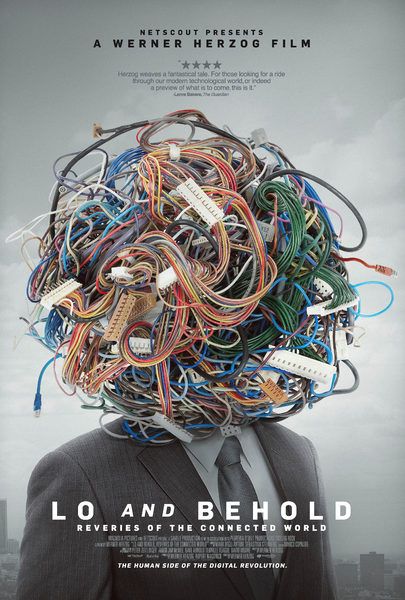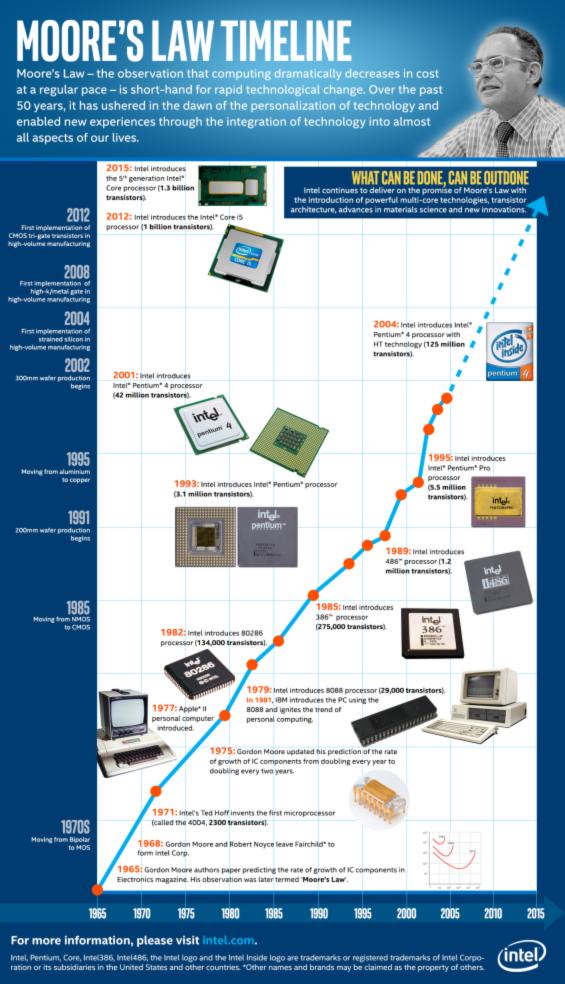Jun 13, 2016
U.S. and UAE Agree to Collaborate on Outer Space, Mars
Posted by Karen Hurst in categories: education, space
Very cool.
According to NASA’s statement on the agreement, it included a formal “Implementing Arrangement” that outlines Mars exploration as the first field of cooperation between the agencies and establishes a steering committee to identify areas of mutual interest.
NASA was contacted for further comment clarifying the nature of the UAE agreement, but had not responded at the time of this writing. The agreement also entails working as a team on education, technology, safety and mission assurance as well as aeronautics and other areas in which the countries can potentially benefit.
Continue reading “U.S. and UAE Agree to Collaborate on Outer Space, Mars” »

















